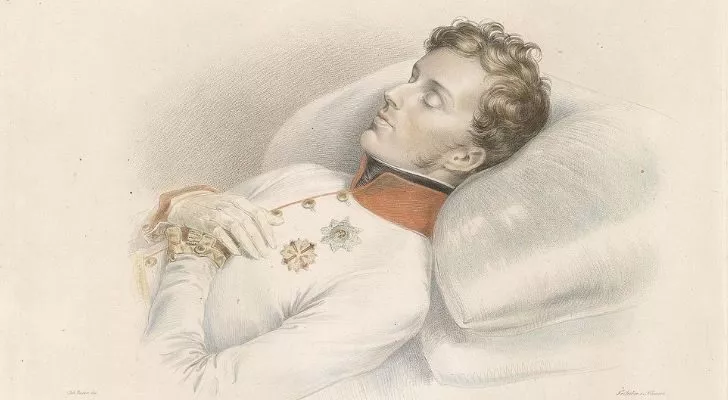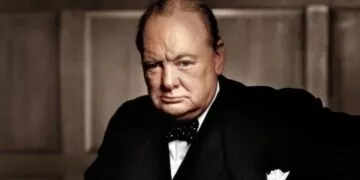Throughout history, there will come a time when no one will remember us. But that isn’t the case for some people like Napoleon Bonaparte.
He lived during the mid-1700s and early 1800s, yet millions of people still know him and the story of his life to this day.
If you’re looking to learn all there is to learn about Napoleon Bonaparte, you’ve come to the right place!
Stick around, as we’ve unearthed the most intriguing historical facts there are about France’s first emperor!
Napoleon’s ship, the Généreux, had a flag almost as big as a tennis court!

The Généreux was launched in 1785 with a width of 48.9 (14.9 meters) and a length of 183.3 feet (55.9 meters).
Just like the humongous ship, its battle flag was also enormous. No, really, it was an immense 52.5 ft (16 m) wide and 27.2 ft (8.3 m) tall!
After fighting fiercely in the Battle of the Nile, just off of the coast of Egypt, the Généreux was captured in the Battle of the Malta Convoy in 1800. Its flag was taken by Admiral Lord Nelson’s flag captain, Edward Berry, and sent to Norwich.
Napoleon crowned himself as the emperor of France.

Before becoming an emperor, though, Napoleon was the First Consul of France. Napoleon gave himself the position in 1799 when he and his group overthrew the French Directory.
Then, after fulfilling his role in the consulate, Napoleon appointed himself as the French emperor, which gave him more power in the country.
Napoleon was granted the title of Emperor of France on May 18, 1804. But it wasn’t until December 2, 1804, when he was coronated at Paris’ Notre Dame cathedral.
He became the King of Italy in 1805.
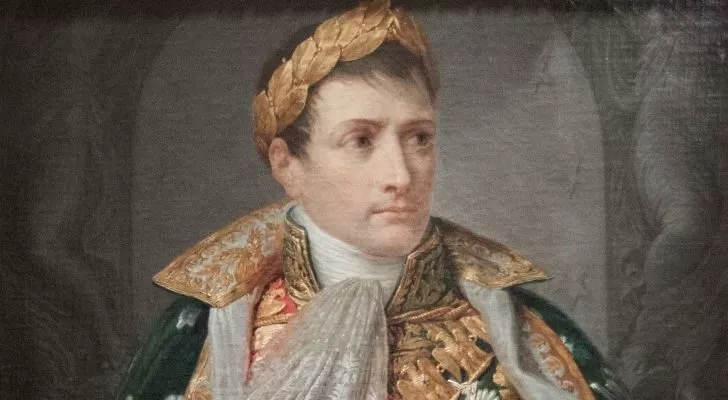
The King of Italy was supposed to be Joseph Bonaparte, Napoleon’s eldest brother.
Joseph refused Napoleon’s offer, though, because doing so would give up his right of succession to the French throne.
As a result, Napoleon crowned himself as King of Italy on May 26, 1805, in Milan Cathedral, using the Iron Crown of Lombardy.
Napoleon started military studies at the age of nine.

His first experience in school was when he was nine years old, studying in a French sectarian school in Autun in January 1779.
But in May of that same year, Napoleon transferred to Brienne-le-Château, a military school. Here Napoleon studied for five years, from May 1779 to October 1784, and got his first true taste for military tactics.
After completing his studies at Brienne-le-Château, Napoleon moved to Paris to study at the Military Academy.
There he completed a two-year course to become an artillery officer in just one year, becoming the academy’s first Corsican graduate.
Napoleon wasn’t short at all!

Napoleon was nicknamed Le Petit Caporal (“The Little Corporal”) by his enemies, and it was wildly rumored throughout his life that he was short.
The funny thing, though, is that Napoleon was 5’6” to 5’7” (167-173 cm) tall. In the 19th century, the average height for a Frenchman was around 5’2” to 5’6” (158-168 cm)!
So, really, he was at least average height, if a little on the tall side – for a Frenchman, at least!
Despite his accomplishments and despite the fact that he wasn’t even short, Napoleon will always be known by the masses as a short king.
His first wife’s failure to give him an heir led to their separation.

The young Napoleon met Joséphine de Beauharnais in 1795 when his mentor, Paul Barras, introduced them at a ball.
Two months later, the pair were married, but they had little time for married bliss. Napoleon spent the better part of their marriage off on military campaigns.
Their marriage was rocky at best, with both taking on constant strings of lovers.
Joséphine’s inability to have a child was the final straw, though, and the couple ultimately divorced on December 15, 1809.
A year later, Napoleon married Marie-Louise of Austria. One year after that, Napoleon II was born.
Napoleon has his own trigonometry theorem.
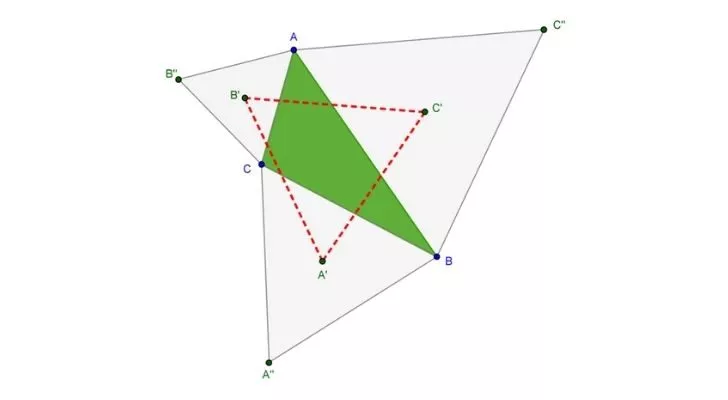
The Napoleon theorem tells us that when we make equilateral triangles on the sides of any triangle, each center of these equilateral triangles (also referred to as centroid) will then create another equilateral triangle.
While the theory is often attributed to Napoleon, there’s really no proof that Napoleon was responsible for it.
His son passed away at an early age.
On March 20, 1811, Napoleon’s second wife gave birth to Napoléon François Joseph Charles Bonaparte (Napoleon II).
Napoleon II was only 21 when he met his end due to tuberculosis, explaining why he wasn’t able to live up to his father’s achievements.
He never got the chance to rule France, but he did become the King of Rome after his birth and the country’s titular leader for a brief time in 1814!
Napoleon Crossing the Alps is the most famous painting of Napoleon.

This masterpiece was painted at the beginning of the 19th century by Jacques-Louis David, who painted many important figures during this era.
The painting captures Napoleon in the middle of his famed march over the Alps into Italy, one of the most daring military plans of the era.
Other examples of his works showcasing France’s first emperor are The Emperor Napoleon in His Study at the Tuileries and The Distribution of the Eagle Standards.
He experienced his first military defeat in 1796.
The Second Battle of Bassano took place on November 6, 1796, following Napoleon’s earlier victory in the first battle two months prior.
Its outcome wasn’t in France’s favor, though, as France lost approximately 3,000 soldiers compared to Austria’s 2,823 casualties.
A week later, Napoleon faced another setback in the Battle of Caldiero (1796), signaling a turning point in his fortune.
French wasn’t his mother tongue.
Napoleon was born in Corsica, a small French island in the Mediterranean, on August 15, 1769, making his first language Corsican.
He only learned French when he was ten years old, and while Napoleon became fluent, he had an unusual accent when speaking French that led to a lot of bullying at school.
Throughout his life, he spoke four languages: Corsican, French, Italian, and a little bit of English. So, as it turns out, the renowned military leader was also multilingual!
One of Napoleon’s hats was auctioned for a whopping €1.9 million in 2023!
The hat was sold to an anonymous buyer at the Osenat auction house in Fontainebleau, Paris.
It was a black bicorne felt hat that had a cockade (a knot of ribbons) on it, much like the 120 other hats of its kind that Napoleon was known to wear throughout his life.
Like his other hats, he would have worn this one sideways, as it made him stand out and be more recognizable to his troops. This way of wearing a bicorne side-to-side is known as “en bataille.”
The Napoleonic Code paved the way for the modern civil law system.
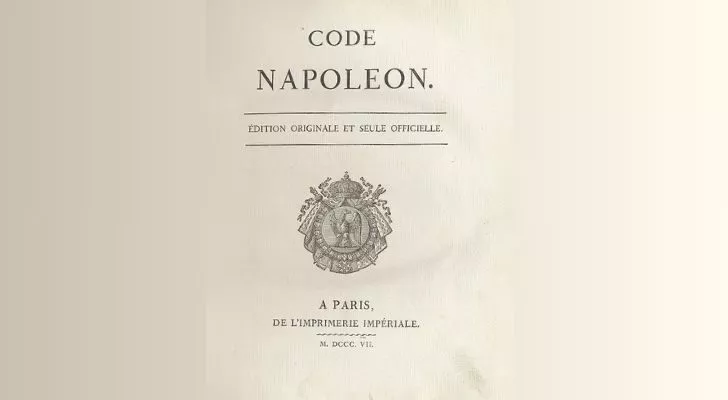
In March 1804, a French lawyer named Jean Jacques Régis de Cambacérès and numerous legal experts prepared Napoleon’s civil code of laws.
It exercised numerous civil rights, ranging from property to inheritance, and even played a crucial role in the decline of feudalism – a medieval social system in which higher-ranking individuals offered land to those who served and became loyal to them.
The Napoleonic Code is considered to be one of Napoleon’s greatest contributions to the world, through which he spread the modernized values of the French Revolution to the world.
Napoleon once wrote a novella.

Clisson et Eugénie, or Clisson and Eugénie, was written by Napoleon in 1975. Its story revolves around the tragic love story of Clisson, a French soldier who falls in love with Eugénie.
After living for a time in married bliss, Clisson is called away to war. While away, he sends his close friend to comfort Eugénie.
Disaster strikes when Clisson discovers that the pair are having an affair.
Clisson et Eugénie was never published, and a number of manuscripts ended up in the hands of various collectors.
Fragments of the manuscripts are mostly in private collections, but some samples are kept in the Karpeles Manuscript Library Museum in California as well as Moscow’s State Historical Museum.
His failed invasion of Egypt influenced the creation of Egyptology.
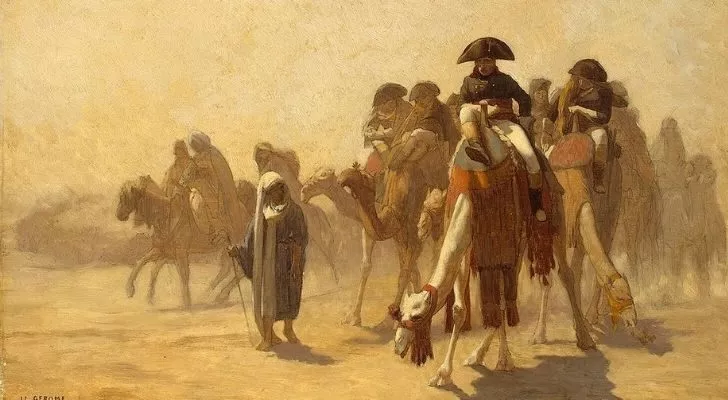
Egyptology is basically all about scientifically studying Ancient Egypt, from its history to its language and civilization.
When Napoleon left for Egypt in 1798, be brought 160 scientists, engineers, and artists, as well as soldiers. He tasked them with learning all they could about Egypt.
Their discoveries and conclusions gave Europe a window into what ancient Egyptian life was like, and piqued the world’s curiosity about Egypt as a whole.
Napoleon sold Louisiana for $15 million in 1803.

To fund his battle against the British, Napoleon decided to sell France’s claims to North America to the freshly-formed United States.
The US was interested in gaining Louisiana, as it gave them New Orleans and the access point from the Mississippi into the sea.
The treaty went backwards and forwards for years, and was almost completely canned at some points.
Ultimately, Napoleon’s need for funds to fight the British prevailed, and the US doubled its size overnight.
Napoleon’s Coronation wreath was so heavy that some of its golden leaves had to be removed.

The crown had a total of 56 golden leaves, 44 of which were large and weighed 0.35 ounces (10 grams) each.
It was made by artist Martin-Guillaume Biennais, who then removed six large gold leaves to make the crown lighter.
Out of the six golden leaves, though, only two have been found. One was auctioned for a whopping €625,000 (around $730,000) in 2017!
Oh, and yes, it’s the crown in Jacques-Louis David’s famous painting The Coronation of Napoleon!
Napoleon created the highest French order of merit in 1802.
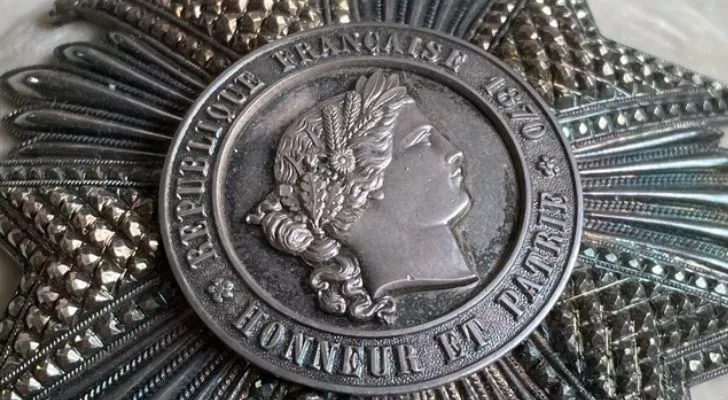
The award is called the Legion of Honor, which can be given to deserving French nationals or foreigners who served France in a major way, whether in the military or through public service.
Now, when it comes to receiving the award, a person has to be nominated by someone who has already received the prestigious award.
Also, this award can be taken away from someone if that person commits a crime or does something that doesn’t align with the values of France.
He was exiled twice!

Napoleon’s first exile came as a result of the Treaty of Fontainebleau, which saw him abdicate the French and Italian thrones.
He kept the title of Emperor, though, and was exiled to the Mediterranean island of Elba in April 1814.
But in February 1815, Napoleon decided to leave Elba in hopes of reclaiming power in France. He reclaimed Paris, and ruled again for just 100 days.
Napoleon was defeated for the last time at the Battle of Waterloo on June 18, 1815, and exiled for a second time.
This time he was sent to the remote Atlantic island of Saint Helena, where he lived out the last of his days a prisoner.
Oh, and speaking of Saint Helena…
Napoleon’s passing was controversial.
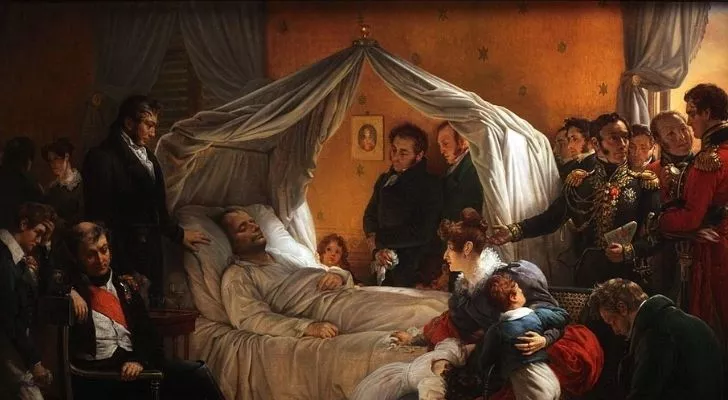
The physicians who performed Napoleon’s autopsy claimed that his cause of death was stomach cancer.
Despite this diagnosis, many legends have sprouted over the years, with some claiming he was poisoned by arsenic.
In 1961, researchers tried to prove this by using Napoleon’s hair strands to trace the chemical element.
Despite finding high levels of arsenic, the results could not say whether he was exposed to a single, large dose, or was exposed over a greater period of time.
This adds doubt to the claim, as many French aristocrats of the time, including Napoleon, used arsenic-based cosmetics.
From his early days in Corsica to his final days in exile, Napoleon’s story is one for the ages, filled with drama, intrigue, and no shortage of controversy.
From his military conquests to his personal struggles, Napoleon’s life offers a window into a fascinating era of human history.
As we bid adieu to this legendary figure, let’s take a moment to appreciate the enduring legacy of France’s First Emperor!


